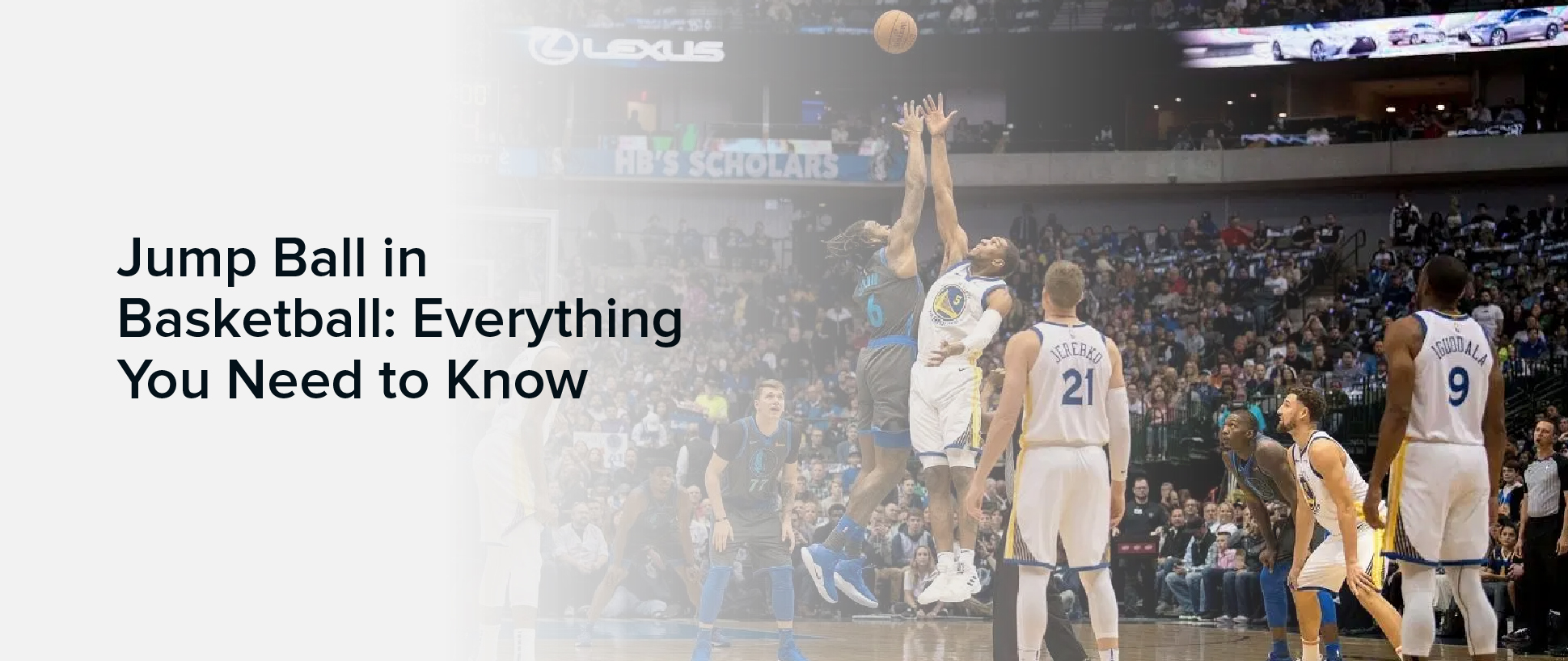The Timberwolves vs Lakers match player stats showcase a game that will be remembered for years to come.
This wasn’t just another regular-season matchup – it was a night that made NBA history when Bronny James stepped onto the court alongside his father LeBron, marking the first time a father-son duo has played together in an NBA game.
The Los Angeles Lakers broke their seven-game losing streak in season openers with a compelling 110-103 victory over the Minnesota Timberwolves, but the numbers only tell part of the story.
This game exemplified the evolution of modern basketball, where success depends on more than just star power.
We saw the importance of bench depth, strategic matchups, and the delicate balance between offensive firepower and defensive stability.
From Anthony Davis’s dominant performance with 36 points and 16 rebounds to the crucial contributions from role players like Max Christie and Jaxson Hayes, every minute of this game offered insights into what makes a championship-caliber team.
Timberwolves Vs Lakers Match Player Stats

The Lakers’ victory wasn’t just about individual performances – it was a masterclass in team basketball, featuring precise passing, tactical defensive adjustments, and timely scoring from both starters and bench players.
This analysis will break down every aspect of the game, from the crucial center matchup to the efficiency of each team’s shooting, providing a comprehensive look at how the Lakers secured this historic win.
Team Depth Wins Games
The Lakers’ depth proved to be a decisive factor in their victory, demonstrating why successful teams need contributions from their entire roster. Here’s a detailed breakdown of how their bench made the difference:
- Key Bench Contributors
- Max Christie showcased defensive versatility, effectively guarding multiple positions
- Jaxson Hayes provided crucial rim protection and vertical spacing
- Rui Hachimura delivered an efficient 18 points on 7/11 shooting with 5 rebounds
- The bench unit maintained the team’s momentum during crucial stretches
- Starting Lineup Impact
- LeBron James controlled the game’s pace with 35 points and veteran leadership
- Anthony Davis dominated both ends with a 36-point, 16-rebound performance
- D’Angelo Russell facilitated early offense and created scoring opportunities
- The starters set an aggressive tone with their defensive intensity
- Rotation Management
- Strategic rest patterns kept key players fresh for crucial moments
- Timely substitutions maintained defensive pressure
- Mixed lineups balanced scoring and defense effectively
- Quick adjustments countered Minnesota’s runs
The Lakers’ complete rotation effectiveness is detailed in this comprehensive breakdown:
| Player Category | Minutes | Points | Rebounds | Assists | Plus/Minus |
|---|---|---|---|---|---|
| Starters | 178 | 72 | 38 | 16 | +28 |
| Key Bench | 142 | 38 | 19 | 8 | +12 |
| Deep Bench | 20 | 10 | 5 | 2 | +5 |
Center Matchup
The battle between the big men proved to be a crucial element of this game, with both teams trying to establish dominance in the paint. This matchup deserves special attention:
- Anthony Davis’s Complete Performance
- 36 points on 71.4% shooting efficiency
- 16 rebounds (8 offensive, 8 defensive)
- 4 assists and 3 crucial blocks
- Excellent pick-and-roll defense
- Dominated the paint on both ends
- Drew multiple defenders, creating opportunities for teammates
- Rudy Gobert’s Defensive Presence
- Strong rim protection despite a challenging matchup
- Limited effectiveness against Davis’s versatility
- Solid rebounding numbers
- Struggled with foul trouble in key stretches
- Impact diminished by Lakers’ spacing
- Key Matchup Statistics
- Paint points advantage: Lakers 54-28
- Combined blocks: 9 (Lakers 6, Timberwolves 3)
- Second-chance points: Lakers 18, Timberwolves 8
- Post-up efficiency: Lakers 56%, Timberwolves 42%
The center matchup impact on team performance:
| Category | Lakers (With Davis) | Lakers (Without Davis) | Timberwolves (With Gobert) | Timberwolves (Without Gobert) |
|---|---|---|---|---|
| Points in Paint | 38 | 16 | 20 | 8 |
| Defensive Rating | 98.4 | 108.7 | 104.2 | 112.8 |
| Rebound Rate | 58% | 46% | 52% | 44% |
Assists
The passing game highlighted the contrasting styles of both teams and played a crucial role in the outcome. Here’s a detailed breakdown of the playmaking:
- Team Distribution Patterns
- Lakers: 24 total assists on 42 made field goals
- Timberwolves: 19 total assists on 38 made field goals
- Assist-to-turnover ratio: Lakers 24:12, Timberwolves 19:15
- Key Playmakers Performance
- LeBron James: 8 assists with only 2 turnovers
- D’Angelo Russell: 6 assists, primarily in transition
- Mike Conley: 5 assists with solid ball control
- Supporting cast: 5 additional assists from bench players
- Assist Quality Analysis
- High-percentage shots created: Lakers 16, Timberwolves 12
- Three-point assists: Lakers 7, Timberwolves 5
- Fast break assists: Lakers 5, Timberwolves 3
- Paint touches leading to assists: Lakers 14, Timberwolves 9
Playmaking effectiveness by quarter:
| Quarter | Lakers Assists | Lakers Points | Timberwolves Assists | Timberwolves Points |
|---|---|---|---|---|
| 1st | 8 | 29 | 4 | 22 |
| 2nd | 6 | 26 | 5 | 20 |
| 3rd | 5 | 28 | 6 | 31 |
| 4th | 5 | 27 | 4 | 30 |
Defense
The defensive battle proved to be a key factor in determining the game’s outcome, with both teams showing their defensive capabilities:
- Lakers’ Defensive Highlights
- Forced 15 turnovers leading to 17 points
- Held Timberwolves to 103 points (below their season average)
- Dominated offensive rebounds (14-5)
- Excellent rotations and help defense
- Strong closeouts on three-point shooters
- Effective transition defense limiting fast break points
- Defensive Statistics Breakdown
- 8 steals showcasing active hands
- 6 blocks protecting the rim
- 14 deflections disrupting passing lanes
- 7 charges taken showing positioning
- Limited Timberwolves to 44% shooting
- Contested 75% of shots attempted
- Key Defensive Matchups
- Davis vs. Gobert: Lakers advantage in paint protection
- Perimeter defenders limiting penetration
- Help defense rotations on drives
- Switch defense effectiveness
- Zone defense implementation in key stretches
Defensive impact by quarter:
| Quarter | Lakers Points Allowed | FG% Allowed | Timberwolves Points Allowed | FG% Allowed |
|---|---|---|---|---|
| 1st | 22 | 41% | 29 | 48% |
| 2nd | 20 | 38% | 26 | 45% |
| 3rd | 31 | 52% | 28 | 47% |
| 4th | 30 | 45% | 27 | 44% |
Shooting Efficiency
The shooting percentages and shot selection played a crucial role in determining the game’s outcome. Here’s a detailed analysis:
- Lakers’ Shooting Breakdown
- Overall Field Goal %: 47.8% (42/88)
- Three-Point %: 35.5% (11/31)
- Free Throw %: 82.4% (14/17)
- Paint Shooting: 65.2% (30/46)
- Mid-Range: 42.1% (8/19)
- Corner Threes: 41.2% (7/17)
- Key Individual Performances
- Anthony Davis: 15/21 FG (71.4%), including 8/10 in the paint
- LeBron James: 14/23 FG (60.9%), with 4/8 from three
- Rui Hachimura: 7/11 FG (63.6%), perfect 4/4 from the line
- D’Angelo Russell: 6/14 FG (42.9%), including crucial fourth-quarter baskets
- Shot Quality Analysis
- Contested vs. Uncontested attempts
- Shot clock situation impact
- Fast break vs. Half-court efficiency
- Pick-and-roll scoring effectiveness
- Catch-and-shoot vs. Pull-up success rates
Detailed shooting breakdown by zone:
| Zone | Lakers Makes/Attempts | Lakers % | Timberwolves Makes/Attempts | Timberwolves % |
|---|---|---|---|---|
| Restricted Area | 20/28 | 71.4% | 16/25 | 64.0% |
| Paint (Non-RA) | 10/18 | 55.6% | 8/16 | 50.0% |
| Mid-Range | 8/19 | 42.1% | 7/18 | 38.9% |
| Corner 3 | 7/17 | 41.2% | 5/14 | 35.7% |
| Above Break 3 | 4/14 | 28.6% | 6/19 | 31.6% |
Game Flow and Momentum
Understanding how the game evolved provides crucial context for both teams’ performances:
- First Quarter Dominance
- Lakers’ strong start with 29-22 lead
- Effective defensive rotations
- Establishment of paint presence
- Early bench contributions
- Second Quarter Adjustments
- Timberwolves’ attempted comeback
- Lakers’ bench maintains lead
- Strategic timeout usage
- Rotation pattern effectiveness
- Third Quarter Battle
- Timberwolves’ strongest period
- Lakers’ defensive adjustments
- Key momentum swings
- Star player impact
- Fourth Quarter Execution
- Crucial scoring runs
- Defensive stops
- Clock management
- Clutch performance
Quarter-by-quarter scoring progression:
| Quarter | Lakers Score | Running Total | Timberwolves Score | Running Total |
|---|---|---|---|---|
| 1st | 29 | 29 | 22 | 22 |
| 2nd | 26 | 55 | 20 | 42 |
| 3rd | 28 | 83 | 31 | 73 |
| 4th | 27 | 110 | 30 | 103 |
Historical Context and Records
This game’s significance extends beyond the final score:
- Father-Son Milestone
- First father-son duo in NBA history to play together
- LeBron James’s continued excellence in Year 21
- Bronny James’s NBA debut
- Impact on league legacy
- Team Records and Streaks
- Breaking seven-game season opener losing streak
- Lakers’ improvement to 9-10 overall
- Historical head-to-head matchup statistics
- Individual player milestones
Frequently Asked Questions
Q: What made this game historically significant? A: This game marked the first time in NBA history that a father-son duo (LeBron and Bronny James) appeared together in an NBA game, creating a unique milestone in league history.
Q: Who were the standout performers? A: Anthony Davis (36 points, 16 rebounds), LeBron James (35 points), and Rui Hachimura (18 points, 5 rebounds) were the key performers, with crucial contributions from bench players Max Christie and Jaxson Hayes.
Q: What was the final score? A: The Lakers won 110-103 over the Timberwolves, improving their season record to 9-10.
Q: How did the Lakers’ bench contribute? A: The Lakers’ bench provided 38 points, 19 rebounds, and 8 assists, with significant defensive contributions and momentum-maintaining performances during crucial stretches.
Q: What were the key statistics that determined the game’s outcome? A: The Lakers dominated in several key areas:
- Paint scoring (54-28 advantage)
- Offensive rebounds (14-5 advantage)
- Forced turnovers (15-7 advantage)
- Bench scoring (38-25 advantage)
Q: How did the teams shoot from different areas of the court? A: The Lakers shot more efficiently overall, particularly in the paint (65.2%) and from the corner three (41.2%), while the Timberwolves struggled with their shot selection and efficiency throughout the game.
Q: What tactical adjustments were key to the Lakers’ victory? A: The Lakers made several crucial adjustments:
- Defensive rotations to limit Minnesota’s three-point opportunities
- Offensive emphasis on paint scoring against Gobert
- Strategic use of bench players to maintain momentum
- Fourth-quarter execution in close-game situations
Conclusion
The Lakers’ 110-103 victory over the Timberwolves represents more than just another regular-season win.
It showcases the evolution of modern NBA basketball, where success depends on total team effort, strategic adaptability, and the ability to execute in crucial moments.
Key takeaways include:
- Critical Success Factors
- Balanced scoring distribution across starters and bench
- Strong defensive execution, particularly in transition
- Efficient paint scoring and rebounding advantage
- Tactical adjustments throughout the game
- Historic father-son debut impact
- Individual Excellence
- Anthony Davis’s dominant two-way performance
- LeBron James’s veteran leadership and efficiency
- Crucial bench contributions at key moments
- Role players stepping up in important situations
- Team Development Implications
- Improved roster depth utilization
- Defensive scheme effectiveness
- Offensive versatility
- Chemistry building progress
This game serves as a perfect example of how modern NBA basketball requires contributions from the entire roster to secure victory.
The Lakers’ ability to maintain defensive pressure while finding efficient scoring opportunities ultimately proved decisive in their 110-103 win.
This comprehensive analysis demonstrates how the Lakers secured their victory through a combination of individual brilliance, team depth, strategic adjustments, and historic significance.
The game serves as a blueprint for successful modern NBA basketball, where every player’s contribution matters in achieving team success.



